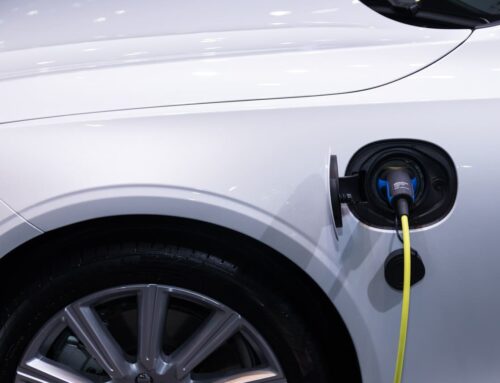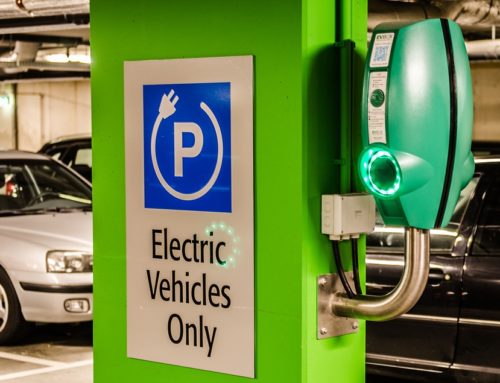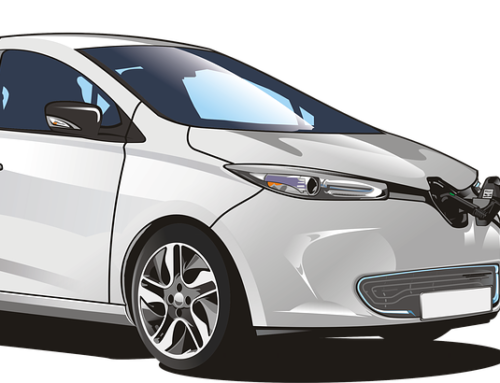With the advancement in technology, we are now shifting into sustainable vehicles. Instead of engine powered by internal combustion, we now have motors and battery running vehicles efficiently. However, one thing remains unchanged. Let it be IC-engine or electric motor when they function they will generate heat. Of course, we have got air and oil-cooled cooling systems. Now, what about electric vehicles.? How does cooling takes place in these machines.? In this post, we will discuss various kinds of electric vehicle cooling system.
Electric vehicle cooling system explained
First, let us understand how Batteries behave in general. Let’s say when we run an electric car, it ‘s battery starts discharging which produces heat. More the discharge, more amount of heat is produced. Batteries work on the basis of voltage differential.
Working of the Battery
When the system experiences a higher temperature, electrons in the cell gets excited. It decreases the difference in voltage between cathode and anode. Now, batteries can bear up to a particular amount of heat generated. That simply means that there is a particular range of temperature which the batteries will work. So, to handle the situation, we need a cooling system or coolant.
A cooling system will keep the temperature in the workable range. It will also keep the temperature difference in a battery system minimum.
Problems of Battery Overheating
When there is a gradual rise in the temperature, the battery does get affected. This overheating can cause a lot of troubles.
Battery Capacity Degradation
It includes capacity degradation of the battery pack. With passing time, due to the heat issue, the efficiency of battery reduces. It won’t be able to keep up the charge. This, in turn, affects the performance of the electric vehicle.
Thermal Runaway
This is another major issue which can prove destructive for the vehicle in which the battery setup is present. For those who may not know, when the temperature rises, energy is produced. Now, when this happens in excessive amount, the temperature rises as well. This will probably result in an explosion.
Explosion
Many times we have seen electric vehicles catching fire and exploding. Now, this doesn’t mean that it keeps happening all over the world. there are isolated incidents of battery heating explosion. The primary point is to avoid the battery getting overheated leading to any possible disastrous consequences. The sole way to do this is using an effective electric vehicle cooling system.
You May Also Like,
- Working of Tesla Motor Explained
- Different Types of electric vehicle Motors
- What features Does Tesla Software Update V10 Packs
- How Does Tesla Autopilot System work?
- What is Tesla Sentry Mode and How it Works?
Different types of electric vehicle cooling system
Now, let’s take a look at what are the different types of cooling system sustainable vehicles can utilize.
Cooling Fins
With the cooling fins, there is the process of conduction and convection. Using the cooling fins will increase the rate of heat dissipation. The heat dissipates from the battery pack towards the fins by conduction. Then again from the fin towards out of the system by convection. Normally, the fins have a higher thermal conductivity.
The cooling fins are used in the internal-combustion vehicles. However, they do have a downside. They add up extra weight to the system. So, even though they cool down the system, the weight issue is what deters people from implementing this cooling technique.
Air cooling
This is probably one of the most standard ways of heat dissipation in automotive. Its process of working is simple. When the heat is generated in the system, air flows over the battery system and dissipates the heat outside of the system.
Earlier many electric vehicles used the air cooling systems. However, in the modern-day, electric cars come with a plethora of applications and utility. It is much more than just a mere mode of transport. So, obviously, with all that work, much more heat will be generated. Air cooling is not sufficient to deal with it. Besides climatic factors depend on efficient air cooling as well. if it’s a hot climate, then the heat dissipation may not be properly carried out.
Phase changing Coolants
These coolants usually work by absorbing heat energy while changing the state from one state to another. In the process of changing phase, these coolants can absorb the heat. This method of cooling has its shortcomings. The change in volume which happens during the change of state puts stress on the application.
As you may note, these coolants can only absorb the heat. They will not transfer it away. So, the overall system temperature won’t really reduce. So, it is not favorable to use phase changing coolants in the vehicles.
Liquid Coolants
The modern-day electric vehicles have now switched to the use of liquid coolants. This is because of its higher thermal conductivity, simple structure. Pioneers like tesla implement the liquid cooling system. Even you can see high-end IC-engine vehicles make use of the liquid coolants. Coming to the electric vehicles, currently, notable automakers such as Tesla, BMW, Jaguar make use of liquid cooling technology for heat dissipation.
Heat dissipation also has its shortcomings. There may be leaking of glycol, the coolant which spreads through the battery system for cooling purposes.
So, we can infer that it’s the liquid cooling system, which is the most effective and efficient way to dissipate heat from the EVs. That’s it, folks. Now you know about the various electric vehicle cooling system. Follow EvLens to know about other interesting things relating to sustainable vehicles.







Leave A Comment